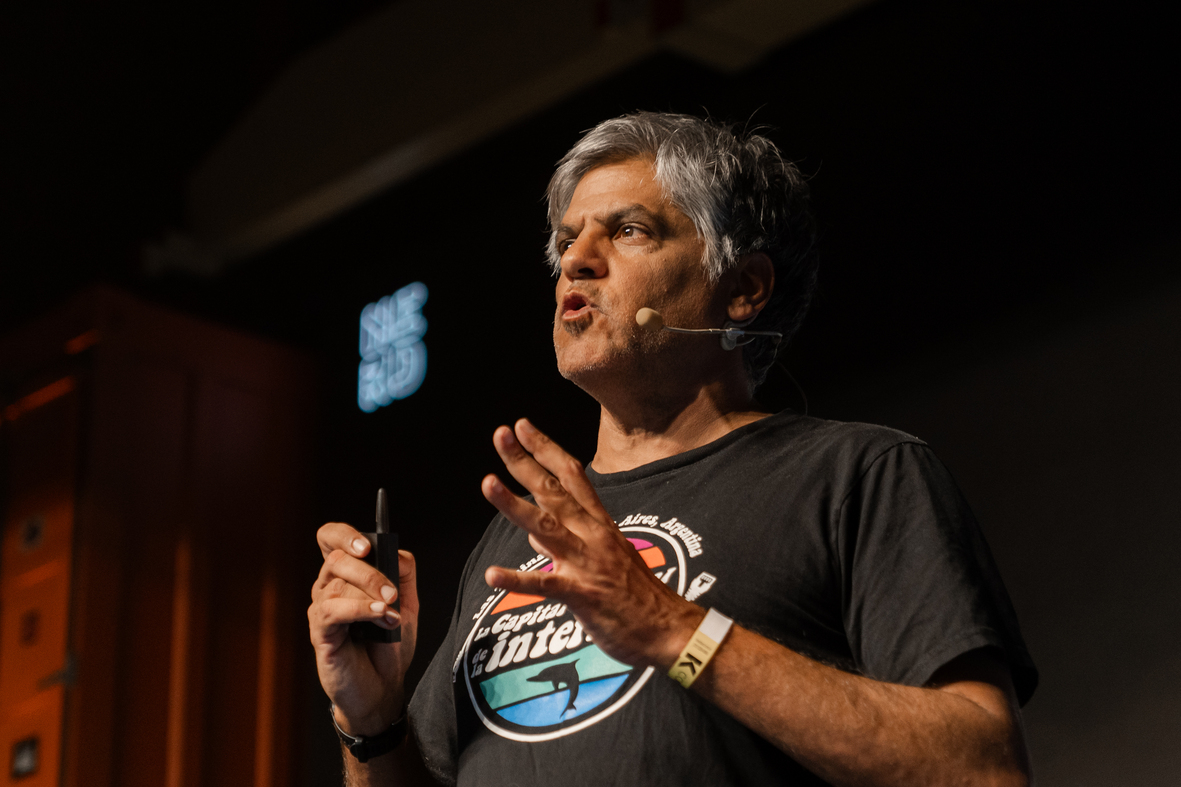How to Find the Stinky Parts of Your Code: 251 - Empty Collections
by
May 13th, 2024
Audio Presented by

I’m a sr software engineer specialized in Clean Code, Design and TDD Book "Clean Code Cookbook" 500+ articles written
Story's Credibility



About Author
I’m a sr software engineer specialized in Clean Code, Design and TDD Book "Clean Code Cookbook" 500+ articles written